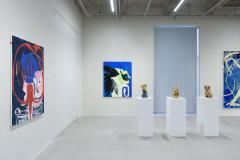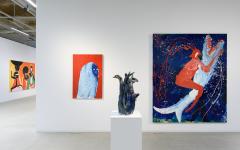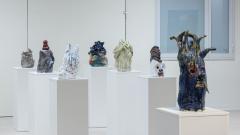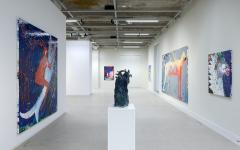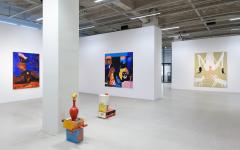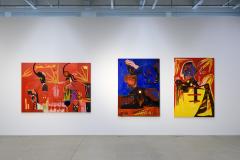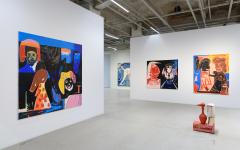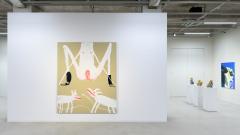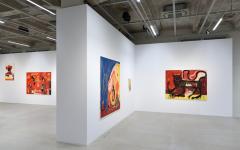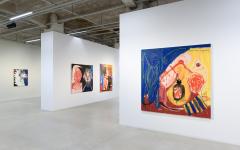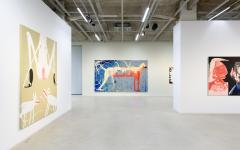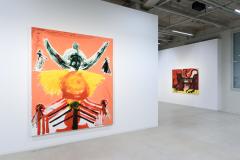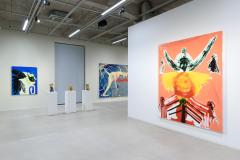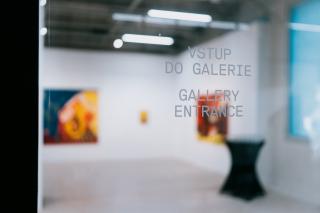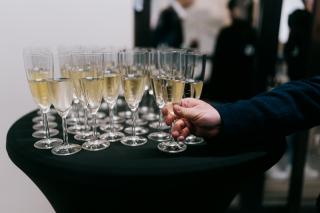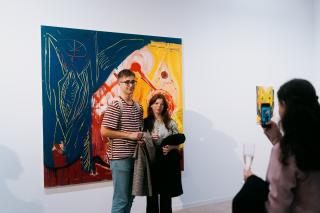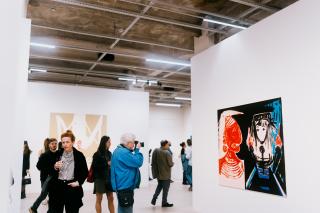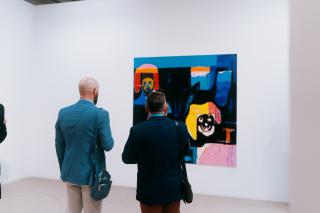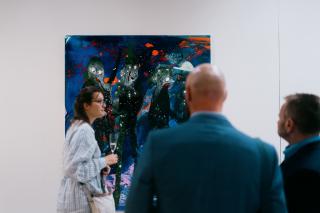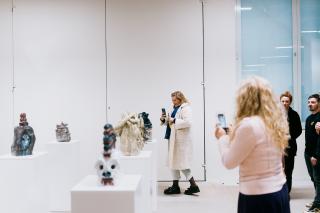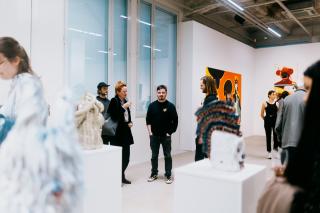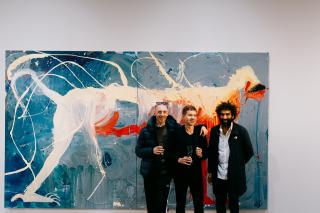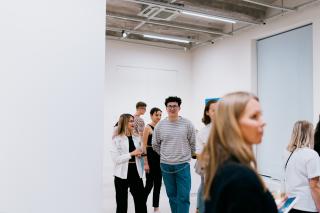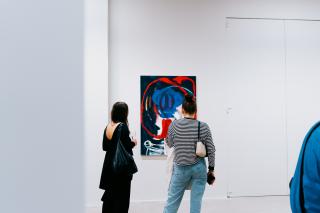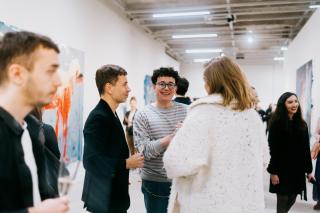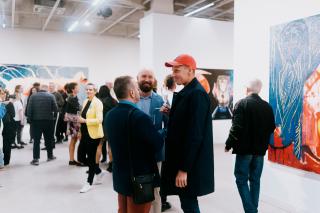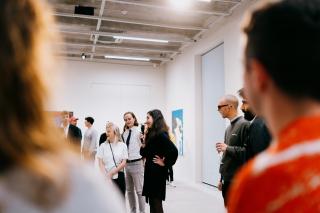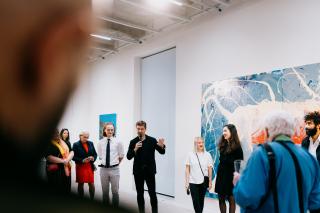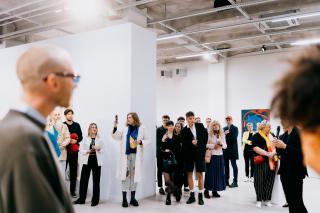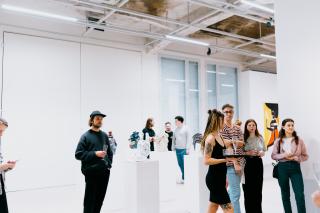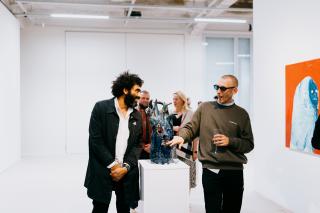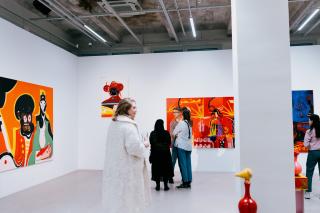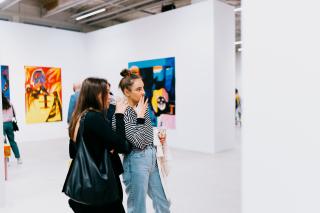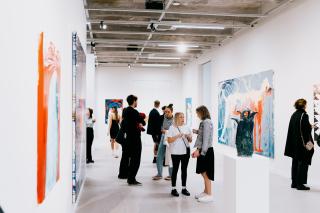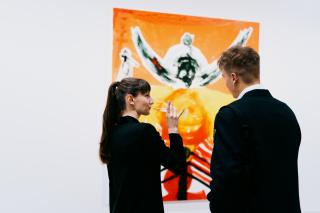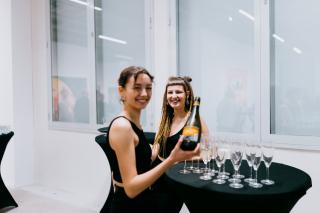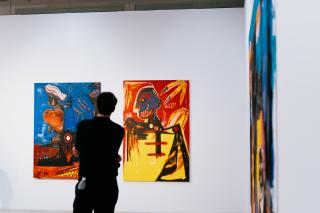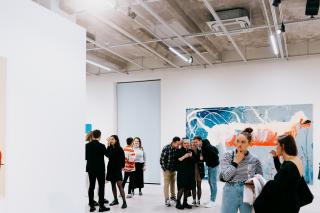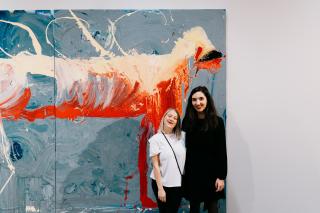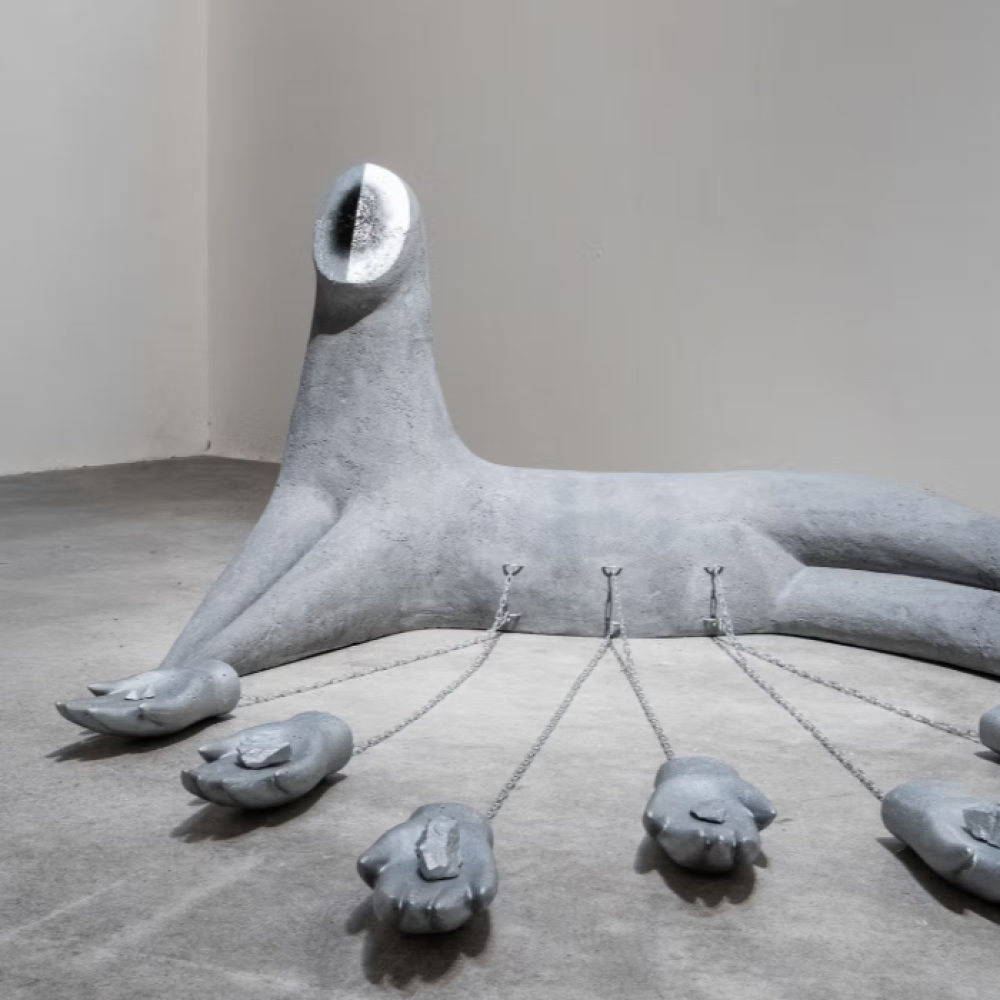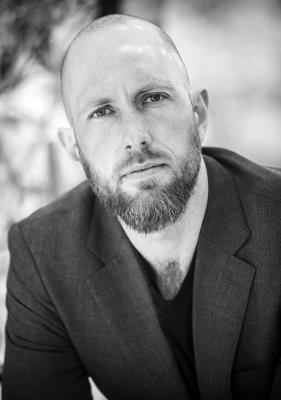
Christian Kortegaard Madsen (*1985) is a curator and museum director based in Denmark. He is a board member at among other institutions The Aarhus Academy of Fine Arts and curator of the current exhibition at the Telegraph Gallery Farshad Farzankia & Frederik Næblerød: LAZY 8.
Having experience working with a wide spectrum of both historical and contemporary art, Madsen currently is working with experimental and critical art, which challenges institutions, beliefs, and conventions. On that note, he has been doing research in the fields of psychoanalysis, phenomenology, critical theory, and semiotics.
Christian Kortegaard Madsen has curated several exhibitions in Denmark and abroad and has published a number of articles and books about art.
What started your interest in visual arts?
I have always been interested in art, and as a child, I felt more in touch with the visual world and visual culture than I did with e.g., school and sports. Later, ironically, sports became a big part of my life and I studied to become a physiotherapist. However, I quickly figured that I needed to follow my drive toward the realm of visual communication, and became an art historian instead. I never regretted that decision, and I feel profoundly privileged and grateful for being able to work with something that I love, something that challenges me and keeps me alive, and intellectually and aesthetically stimulated.
How did you get into curating and could you describe some significant moments in your career?
Actually, I wanted to become a researcher at a university, but life brought me onto the curatorial track, and I quickly figured that I would get much closer to art and the artist if I mainly focused on the path of curating. Further, I came to find that the world of research often builds up simulacra without a real connection to the actual artist or the work itself. I still do research and publish qualified peer-review material, but I also celebrate a more unconventional and free approach.
A few years ago, I did a major international exhibition called Art Strikes Back – From Banksy to Jorn, at the amazing Museum Jorn in Silkeborg, Denmark. I came to work with some of the greatest historical and living artists and I spent a lot of time diving deeper into the depths of art. I learned a lot from that and bonded with some of the greatest sources of inspiration in the international art world.
What artists did you have the opportunity to work with? And who would you like to cooperate with in the future?
I have been working with a long line of artists, both recognized and famous and unrecognized. Some were large profiles and others are merely remembered by history. My most recent collaboration has been this one with Farshad Farzankia and Frederik Næblerød. Two great ones, who I also relate to as dear friends.
Are you responsible for any other exhibition projects in the Czech Republic or is this the first time you have participated in something similar here? How do you relate to our country? Is there anything that fascinates you about the local culture?
This is the first time I am involved with an art exhibition project in the Czech Republic, but during the last few years, Czechia has been like a second home to me as my wife, Hana, is Czech. We were in fact living in Brno for a few months before Covid-19 and we had a great time there. I really enjoy Czech culture, a culture that I find very complex and interesting. I love to spend time in the country and I always look forward to coming back.
What are the specifics of contemporary Danish art, or Nordic art in general, and how does it differ from Central European art?
In art, I suppose we historically had a tendency to copy the great European movements and were successful in regards to making it a "thing" in Denmark – which geographically is less connected than e.g. the Czech Republic to the European mainland, but I believe that we also during the 1950s have some original, brilliant artists such as the conceptual and intellectual abstract expressionist painter Asger Jorn. Jorn made it one of his main missions to actually investigate and manifest a certain Nordic tradition of art that should work as a counterweight to the dominating classicist Mediterranean traditions. A less academic and intellectual methodology and a more spontaneous and emotional approach. I think that Jorn was onto something and find that Scandinavian art today often contains a certain string of that distinct Nordic DNA that Jorn was trying to articulate. I think that Næblerød and Farshad are great ambassadors of what Jorn tried to emphasize.
How long have you been working with Frederik Næblerød and Farshad Farzankia and where did you meet? What connects these two artists?
I have been following Frederik since he graduated from the Royal Danish Art Academy, where I found him to be one of the most promising talents back then. I still do! Farshad, I met through Frederik, as they worked together and did some joint pieces that never really were shown in public before now. That's how the idea for this exhibition came up – showing two very different artists who somehow managed to co-create amazing works together.
How did the idea of presenting the work of these two artists in the Czech Republic come about?
I wanted to present something highly original and of an international standard. I wanted it to be new, experimental, spontaneous, and wild. I wanted it to inspire and give a taste for more. So this is what I came up with.
What can Telegraph Gallery visitors look forward to at the LAZY 8 exhibition? And why did you choose this title for the show?
Actually, the title was invented by the artists, whom I very early on did a long interview with. The idea was to find something that would go beyond the historization of art and simply show it as something of a more dynamic nature. The lazy eight is an ancient symbol that symbolizes the eternal. Art is art. No matter if it was made 10.000 years ago in a cave, if it was painted on a ceiling during the Italian Renaissance, thrown on a canvas in the USA during the 1950s, or painted in Copenhagen two months ago. We want the audience to feel entertained and inspired. It shouldn't be a heavy experience, where they feel that they need to learn something or have to belong to a certain educated or intellectual group in order to get something out of it. This exhibition is not meant to be intellectual. We care about attention. That's all. The work as an object, as a statement, a question, an attempt to communicate, and as something, hopefully, extraordinarily interesting.
Author: Pavlína Jindrová, Mira Macík / Telegraph Gallery
Portrait photo: Engedalfotografi.dk

